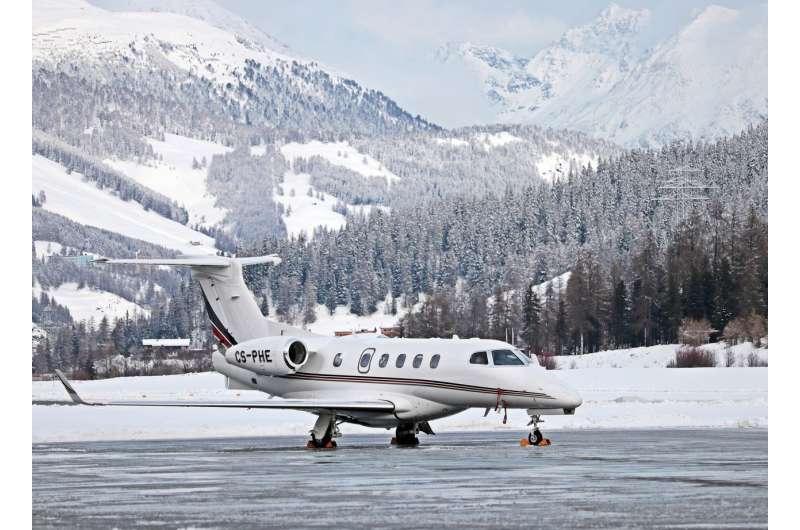Better winter weather forecasts for airports

EU-funded researchers have developed up to the minute probabilistic forecasts for winter weather that enable air traffic and airport operators to make their operations more efficient and to mitigate risks.
The Horizon2020 SESAR PNOWWA project developed methods for the probabilistic short-term forecasting of winter weather. This EU initiative is funded within the framework of the SESAR Joint Undertaking, a public-private partnership set up to modernise Europe's air traffic management (ATM) system. These methods also assess uncertainty using 4-D trajectories to aid in ATM.
The 4-D trajectories concept is based on the integration of time into an aircraft's 3-D trajectory, enabling it to fly on a practically unrestricted, optimum trajectory for as long as possible. To achieve this, however, the aircraft must meet very precisely an arrival time over a designated point. 4-D trajectory management is a necessary concept to meet future growth in air traffic.
Probabilistic forecasts are used in ATM applications to support operational planning in surface management and ATM decision making, thereby increasing airport capacity, shortening delays and promoting safety. PNOWWA investigated techniques that can reduce the vulnerability of ATM operation planning due to the difficulty in predicting winter weather phenomena.
Accurate short-term forecasts
"Nowcasting" is a technique for very short-range forecasting, which maps the current weather, then uses an estimate of its speed and direction of movement to forecast the weather a short period ahead—assuming the weather will move without significant changes. It is based on an extrapolation of movement of weather radar echoes and can be used to improve predictability of changes in snowfall intensity.
"We developed a methodology and research prototype capable of providing a very short-term (0-3 hour, nowcast) probabilistic winter weather forecasts of snowfall and freezing rain in 15 min time intervals," says project coordinator Dr. Ari-Matti Harri. The consortium also aimed to improve understanding and predictability of changes in snowfall intensity caused by underlying terrain, like mountains and sea.
Furthermore, researchers identified and promoted the use of probability forecasts in several levels of ATM operations management. They also applied probability forecasts to several airport activities including de-icing, airport demand and capacity balancing, and airport operation centre runway maintenance.
Additional activities included enhanced runway throughput (low visibility procedures), remote tower activities and capacity balancing of the network by comparing probability of snowfall at all the airports in the network. "We conducted research demonstrations both offline and online at the Local Operative User Environment site representing influence of the underlying terrain to forecast accuracy," explains Dr. Harri.
Future benefits
Project partners now aim to extend the lead time to 48 hours by including numerical ensemble prediction system (EPS) forecasts in the current PNOWWA nowcast. "The numerical EPS would be blended and merged seamlessly with the probabilistic nowcasts. This would create an extended forecast extended up to 48 hours, the most reliable forecast being given for the first three hours given by the current PNOWWA method," Dr. Harri comments.
The achievements of PNOWWA can effectively be used in airport collaborative decision-making, in operations in low visibility conditions and in airport operations planning procedures. Remote virtual towers can locate ATM services for multiple airports at one central location. This creates possibilities for synergy and savings, another developing area that may in future benefit from probabilistic winter weather information.
Provided by CORDIS




















